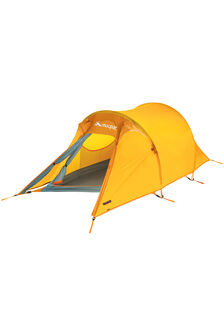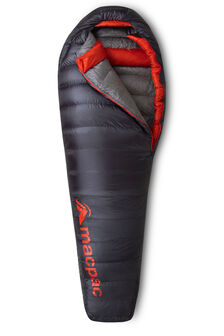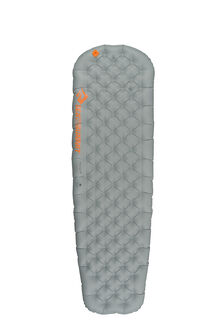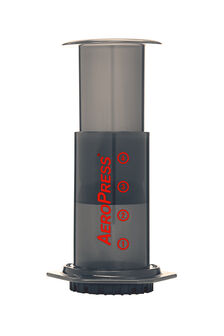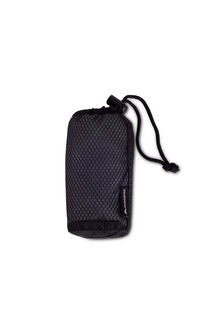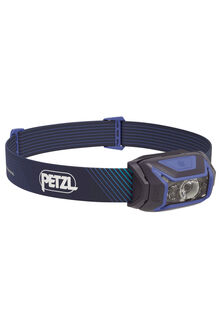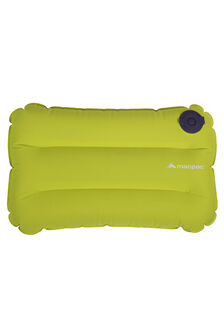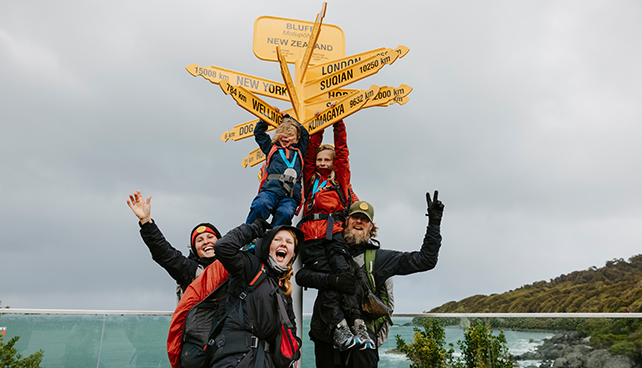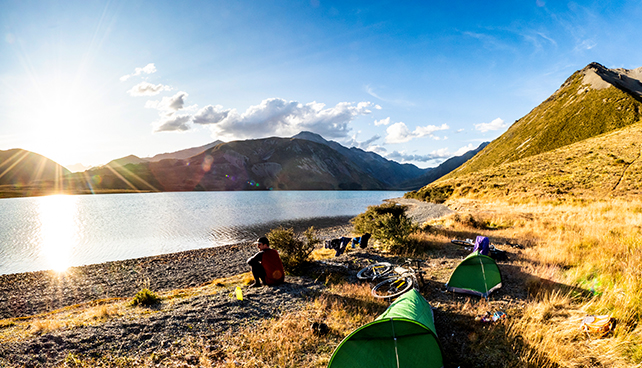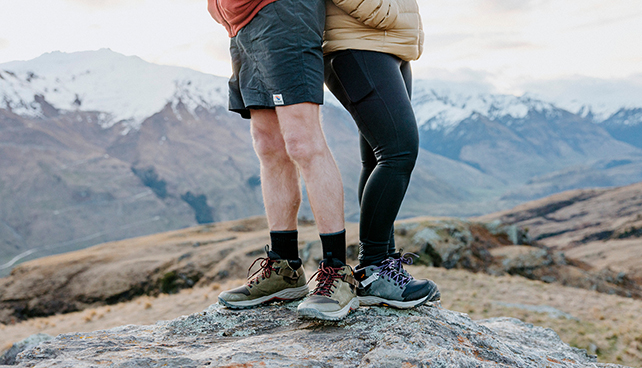
Kia Ora! Macpac ambassadors Dee and Tom here from @noodlesforbrekky giving you a quick rundown on our cold-weather camping set-up.
Camping in the cold can absolutely be a little daunting, especially when you’ve got kids in tow. We reckon that with the right gear and a little preparation it makes for an epic adventure.
What to wear
We like to have two sets of layered clothes to keep us comfortable in all the different weather conditions we find out there. You wear your wet set during the day while you’re out tramping and adventuring. Then you’ve got your dry set to change into when you get to camp
Adventure gear - What you wear during the day
We start with good quality base layers:
Merino undies and a good pair of winter tramping socks with natural fibers are magic for a few days wear and will help keep the moisture and odour down.
Then we add thermals next to our skin. Geothermals for the kids and Prothermals for adults.
Then pop on a good mid layer:
Winger shorts over top of our thermals of course!
A lightweight merino or fleece, such as the Nitro Fleece Pullover
And finish off with an outer layer:
Rain pants if it’s wet or really cold/windy. Jetstream for the kids and Nazomi for bigger kids and adults
Then some other pieces for extra warmth:
It’s handy to have another layer to throw on when you stop for a break - your body can cool down really quickly when you stop moving. We love the Halo puffers for kids and Alpine Series Pulsar Plus for adults.
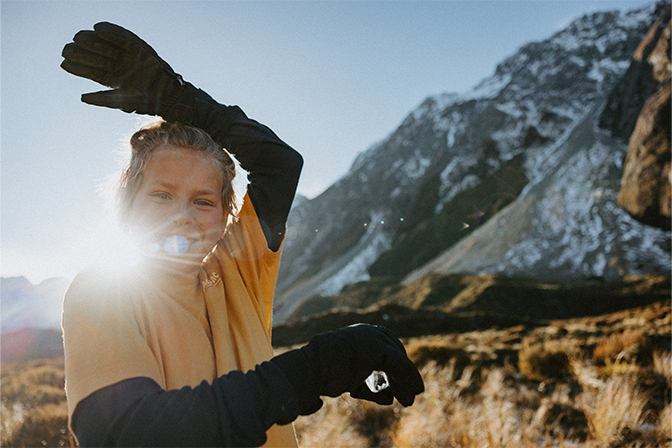
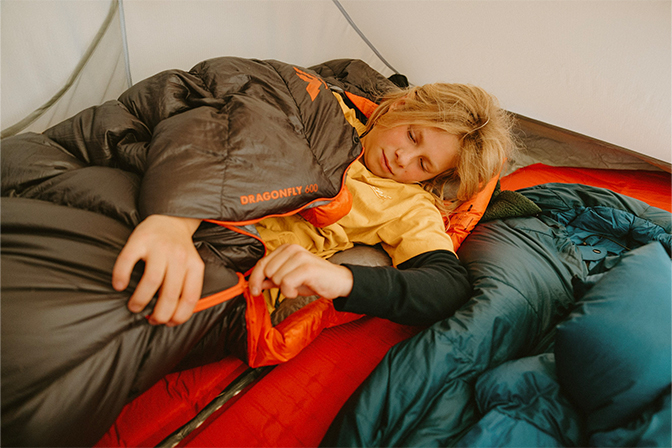
Sleeping/camp gear - What you wear at camp and to bed
A fresh pair of socks for camp that will be nice and dry to keep you warm and wear to bed. We love the Expedition socks.
A fresh pair of thermals for sleeping makes sure you’re dry and warm. Sometimes our daytime set can get wet with sweat or rain which would make you cold once you stop moving. We like the feel of Merino base layers for nighttime.
And that puffer jacket mentioned earlier comes into play here. Throw on top with a beanie and if it’s really cold a light pair of merino gloves.
Down Booties are also gold!
Sleep System
Sleeping bag
A warm sleeping bag is an absolute dream to climb into after a cold day tramping or exploring.
We love the Dragonfly 600 and the Azure 700.
The Azure 700 in particular has a few very nice features that are worth the extra weight. We love the wear and walk footbox (yes you can walk around with it on!) and phone pocket so you can keep your phone warm at night to stop the battery from draining in the cold. Azures can be zipped together to create doubles, too!
Sleep mat
Insulation under your body will keep you warm and dry while you sleep. We usually combine two sleep mats for extra warmth. Ideally getting up to an R-value (the ATSM standard for measuring the insulation of your sleep mat) of around 4-5 depending how cold the ground will be.
A thermal mat underneath and a more padded and comfortable (but also insulted) mat on top.
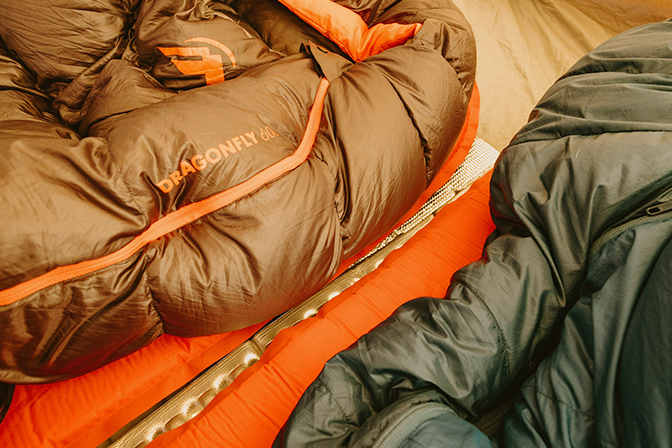
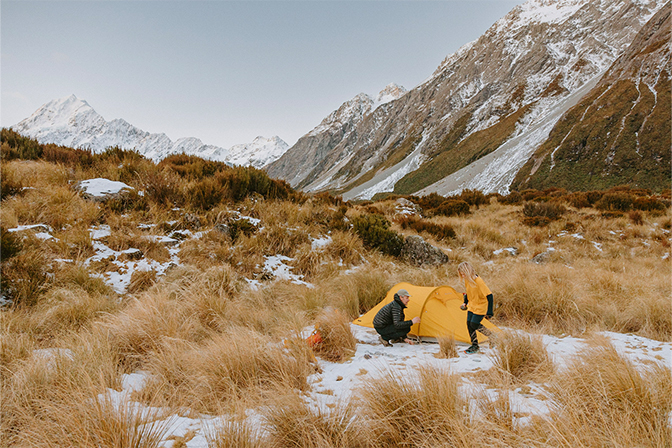
Setting up the Tent
It’s good to use a decent quality 3 to 4-season tent that can handle a bit of wind and potentially a bit of snow piled on top. Here we’re using the Macpac Minaret.
Choosing a site
Find a nice clear and flat space to pitch your tent and think about which way the wind is coming from as well as the weather forecast during the night. A sheltered spot is ideal. Also beware of windfall from trees or potential avalanches from above. If it snows heavily during the night you will want to set an alarm for every few hours to clear the snow from the top of your tent.
If you’re camping on snow
You’ll want to read up about snow camping before you go as it can get quite technical - more to come in a future article!
If you get caught short, the basic idea is to dig out a nice flat platform, ideally with a windbreak and no risk of avalanche.
If you don’t have snow pegs then you may be able to turn your normal pegs on the side, make a clove hitch around the middle of the peg with your tent attachment or guy rope. Then dig a hole in the snow, push the peg in on the side (not up and down) and hold in place while you compress more snow on top until it holds in place. The snow should freeze soon enough creating a firm hold - but damned tricky to break out in the morning!
If the ground is hard or frozen
If the ground is frozen getting pegs in can be tough - hopefully you can find a rock nearby to use as a hammer.
Condensation
There are a bunch of factors that contribute to condensation inside your tent. Moisture in the air or on the ground around your tent, different weather conditions, wet gear in your tent... Amazingly plenty of moisture comes out in our breath while we sleep and the more people in your tent means more condensation is likely. This can quickly turn your tent into a wet mess!
Things to consider are;
- Ventilation - Some tents have ventilation features built-in, check to see if there are some flaps you can open or air your tent out from time to time. This allows the moisture to escape.
- Pitching your tent under trees can help but also might pose a risk of windfall.
- Camping near water sources can add to condensation.
- Humid weather, rain and cold still nights.
- Cooking inside your tent will absolutely cause condensation. Avoid wherever possible. If it’s raining or snowing outside and you have no choice, hopefully, you can cook in the vestibule and as close to the opening to ventilate well. Gas from the cooker can be very poisonous in tents too.
- If possible, try not to throw all your wet gear inside your tent as this will add to the moisture in there.
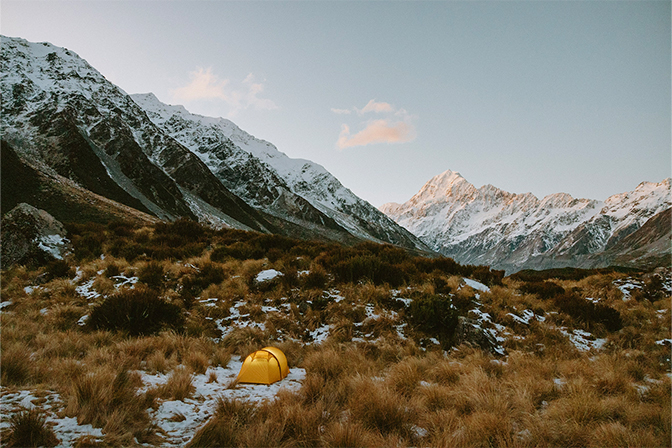
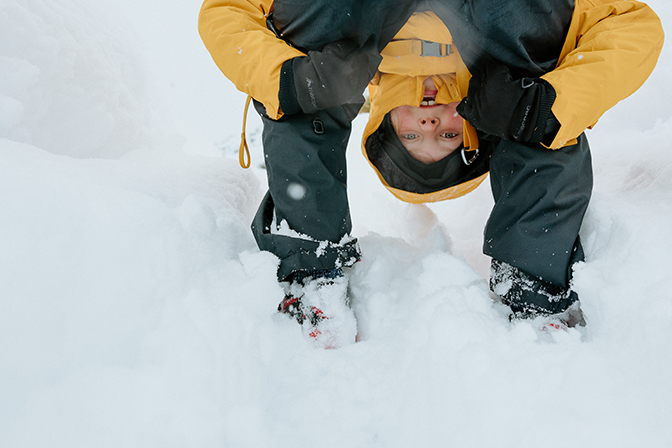
Keeping warm
Getting cold can ruin your trip and make for along and unpleasant night. Here’s a few ideas to help keep you warm.
As soon as you get to camp, take off your sweaty clothes (bras often get damp) and replace with your dry set. And make sure you keep your dry set dry!
Wrap up warm before you get cold. Once you feel the cold it can take a long time for your body to warm back up.
Some water bottles are made to withstand hot or boiling water (be careful not to pour hot water in a bottle not designed for it). These are very handy for popping in your sleeping bag to prewarm or use as a hot water bottle. Smaller versions can be placed inside your boots to help stop them from freezing overnight.
Get yourselves nice and warm before you climb into your sleeping bag! It’s your body warmth that will make it toasty in there. A little dance before bed or a few sets of squats and star jumps can do the trick.
Wear a hood or beanie - a lot of heat escapes from your head, hooded tops and beanies are awesome for keeping your body warmth in. I love my hooded prothermal top. I can pull the hood up to keep warm and easily slide it off if I get hot in the night.
Merino gloves can also be great - especially if you like to read before bed.
Prepare yourself well with the right gear, track and conditions for your ability and you can have a great time.
There are heaps of great resources online to help you stay safe. The plan my walk app and website is a great tool to prompt your planning with weather, what to expect and what gear is necessary.
We always take extra precautions with kids in tow as they more easily get cold leading to hypothermia and can’t go for long without food, water and warmth. A PLB and GPS navigation and messaging are super helpful.
Be safe out there and enjoy. You beauty.
Macpac Minaret 2 Person Tent
Macpac Standard Dragonfly 600 Down Sleeping Bag (-10°C)
Our Price
A$679.99MEMBERS PRICE
20% OFFCLEARANCE
20% OFFSALE
20% OFFSea to Summit Ether Light XT Insulated Sleeping Mat — Regular
Our Price
A$229.00MEMBERS PRICE
CLEARANCE
SALE
AeroPress® Coffee Maker
Our Price
A$45.00MEMBERS PRICE
CLEARANCE
SALE
Macpac Silk Sleeping Bag Liner
Our Price
A$79.00MEMBERS PRICE
CLEARANCE
SALE
Petzl Actik Core 600
Our Price
A$193.99MEMBERS PRICE
CLEARANCE
SALE
Macpac Inflatable Pillow
Our Price
A$19.00MEMBERS PRICE
CLEARANCE
SALE
